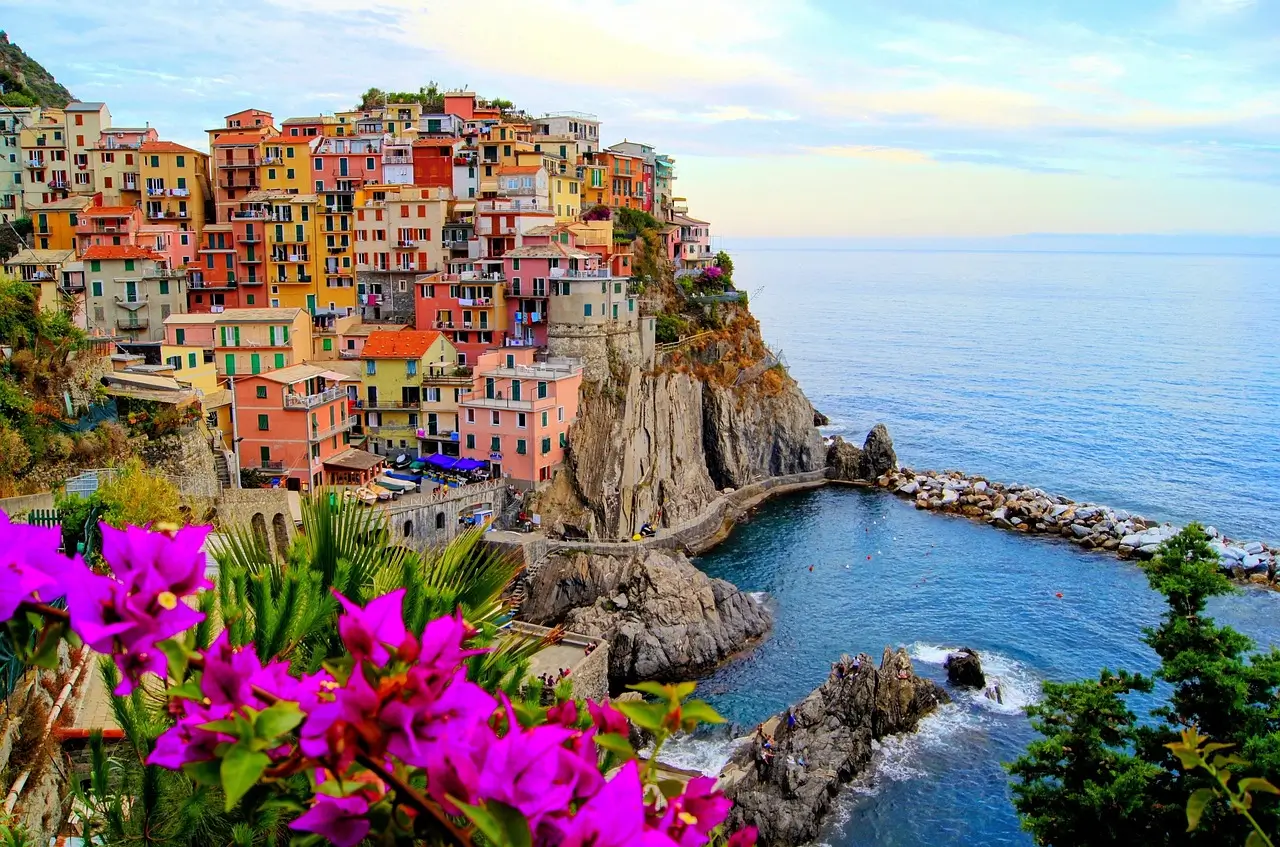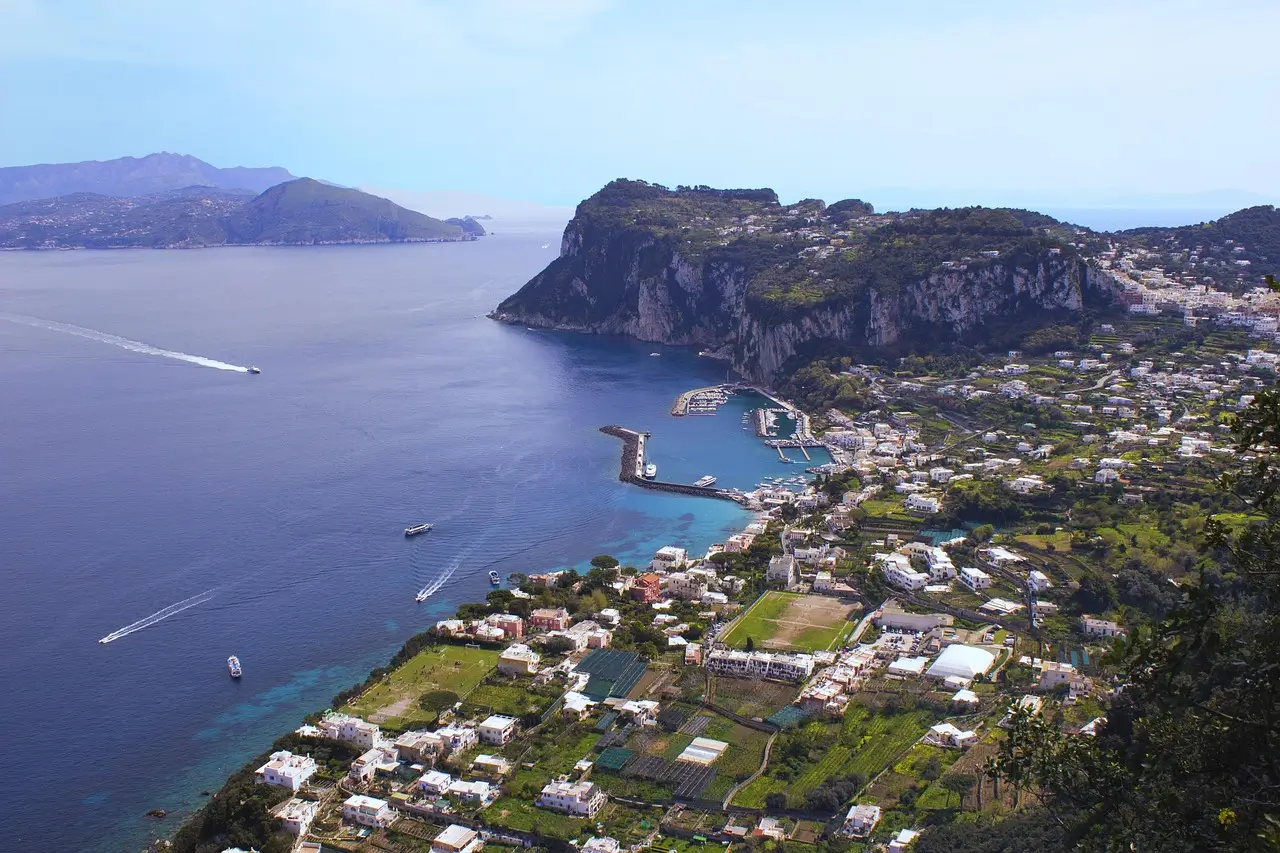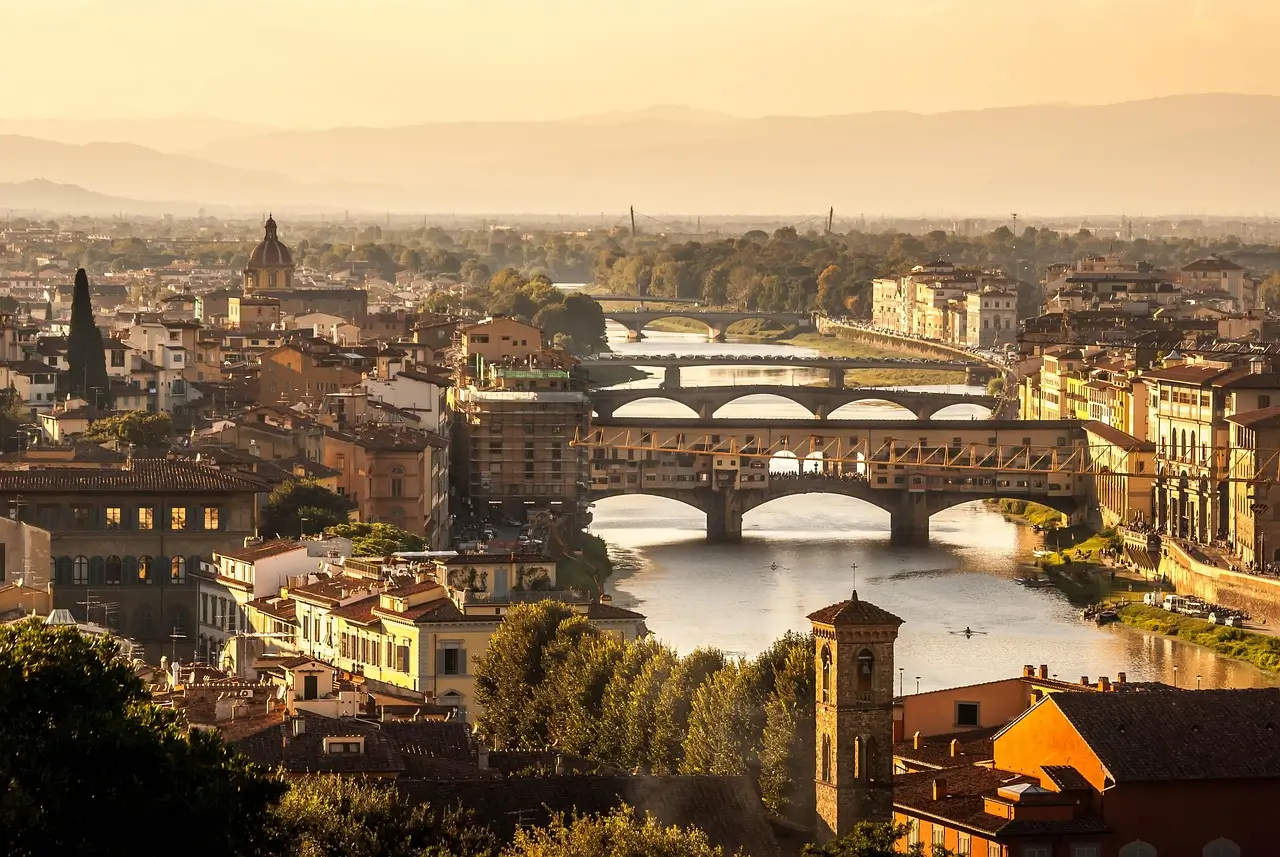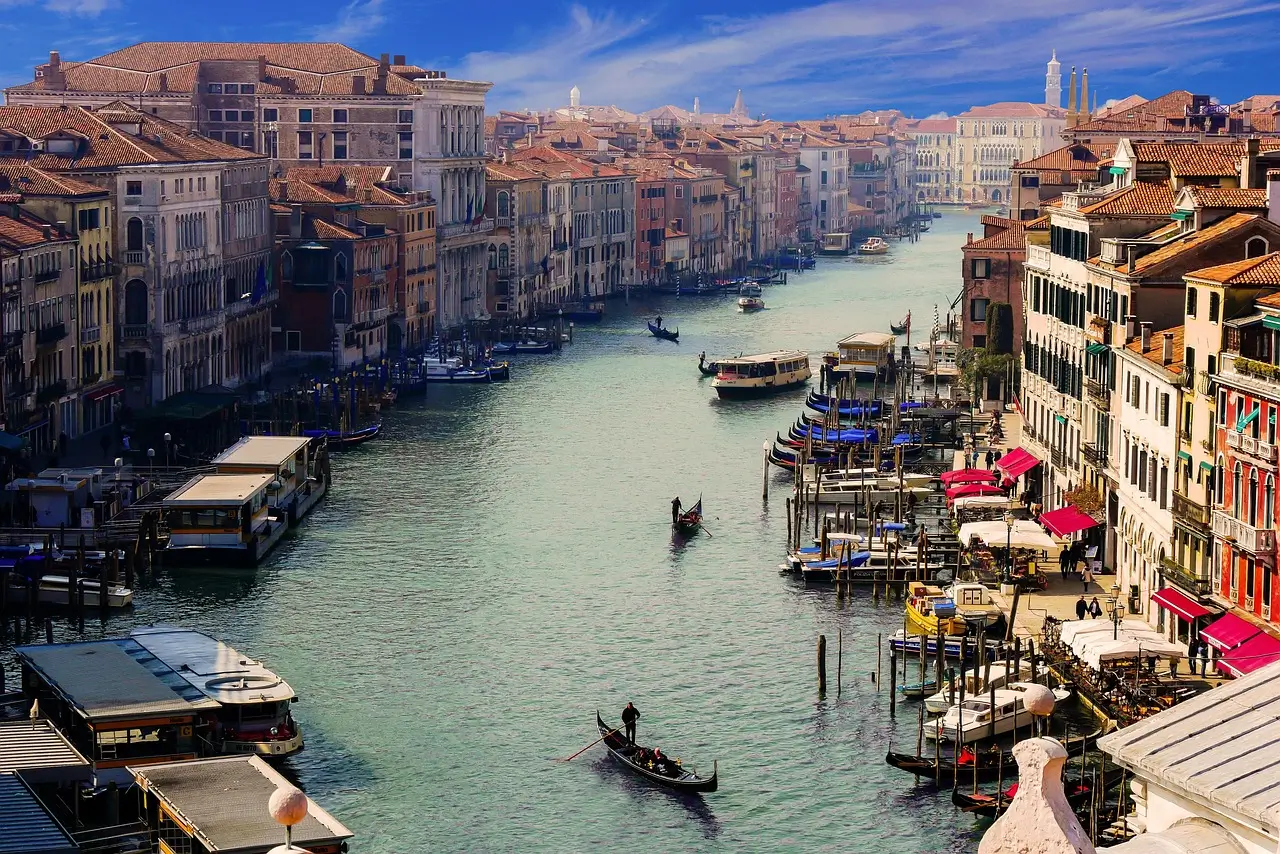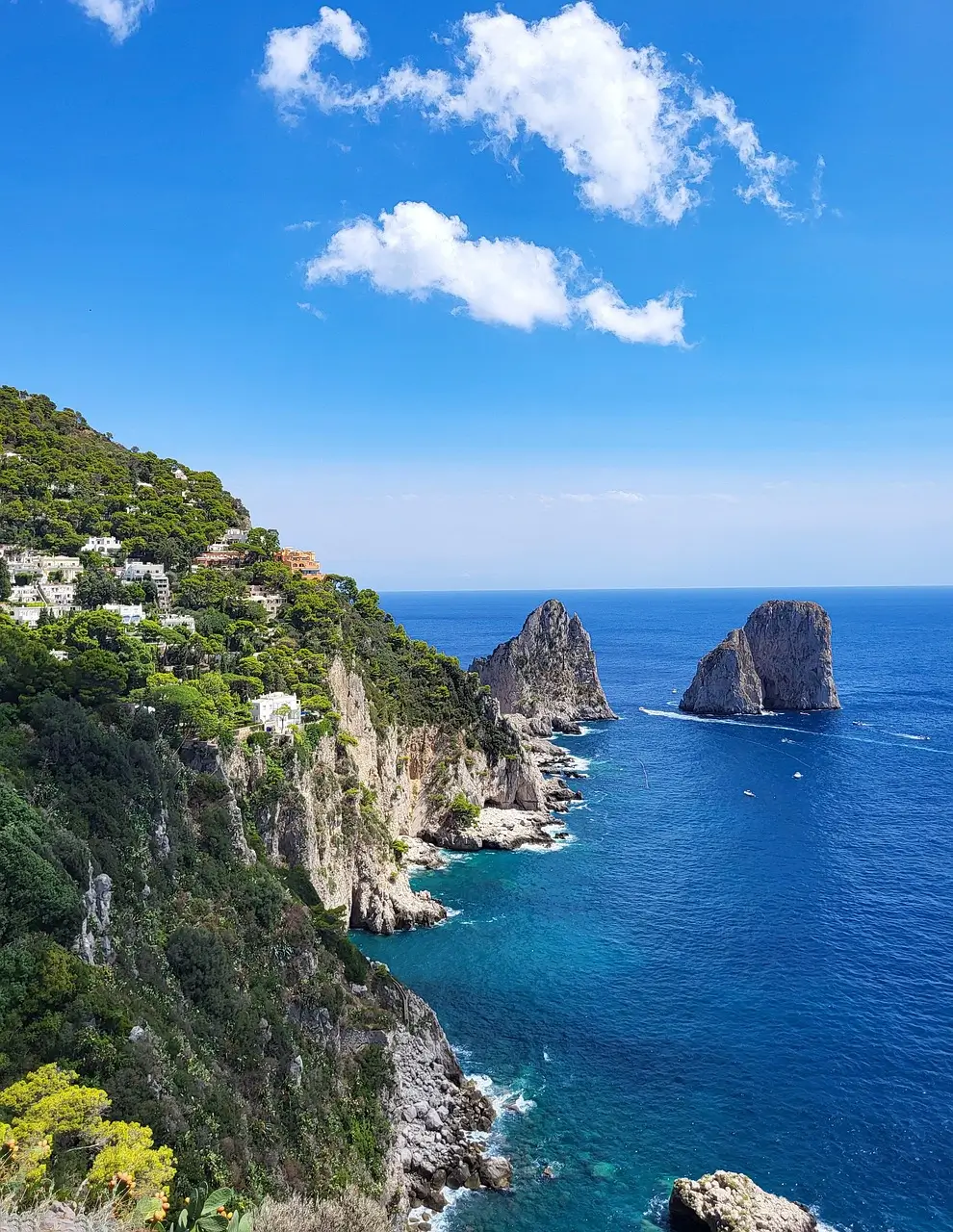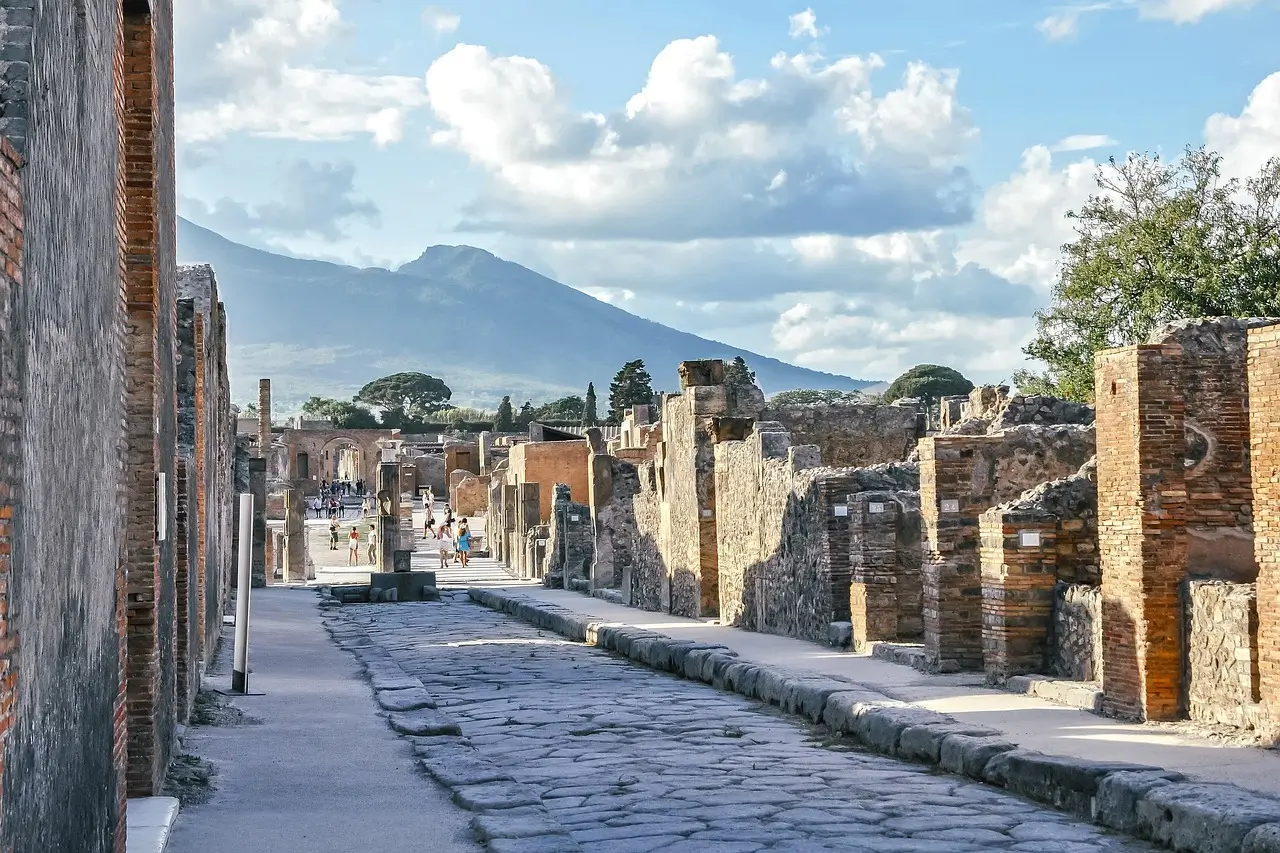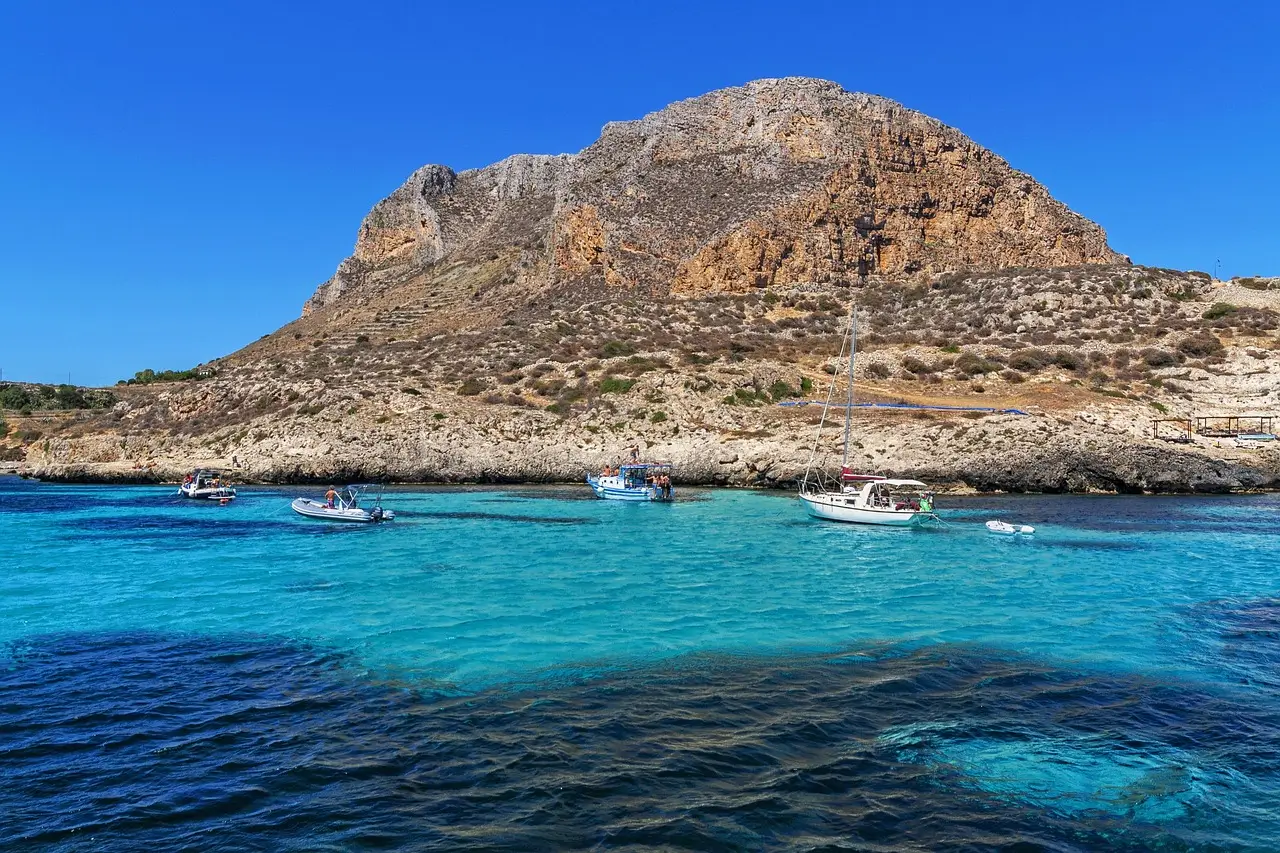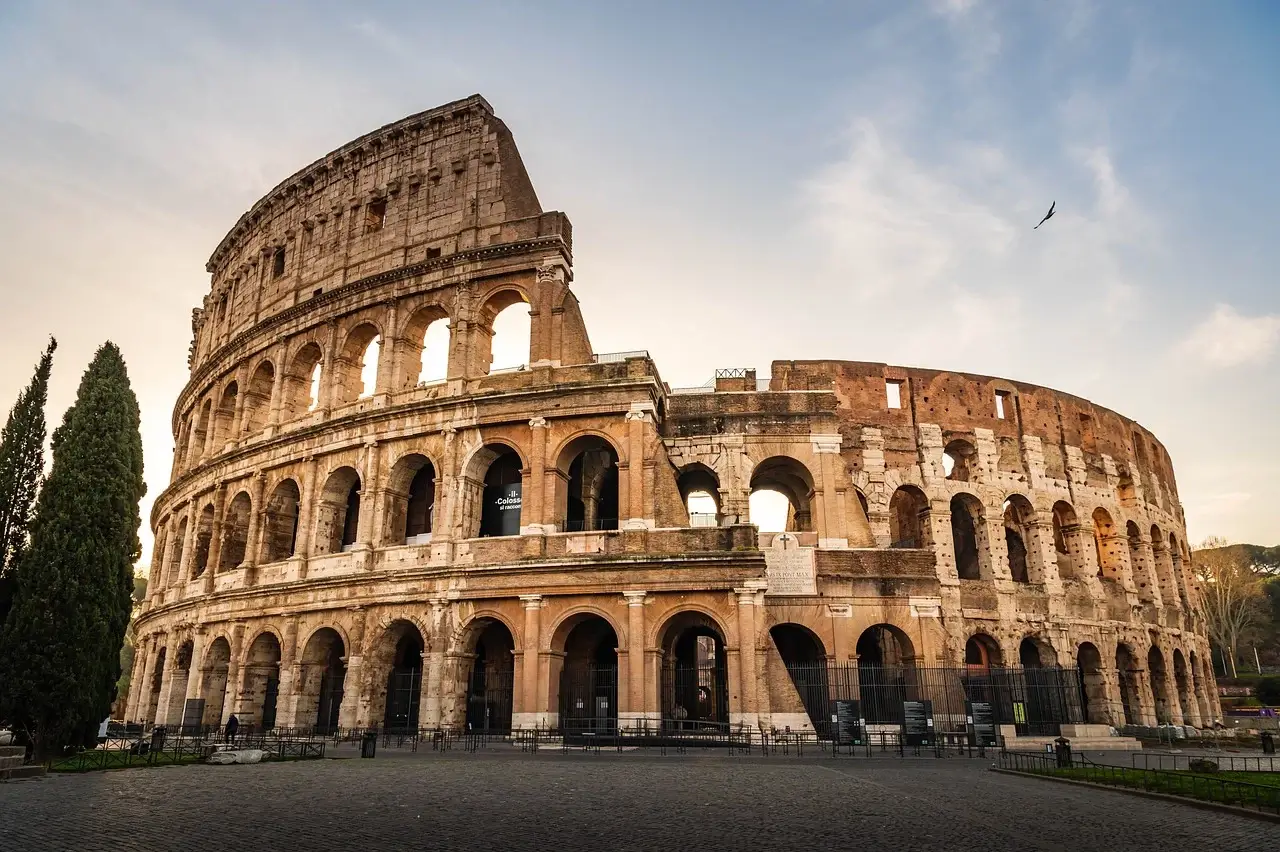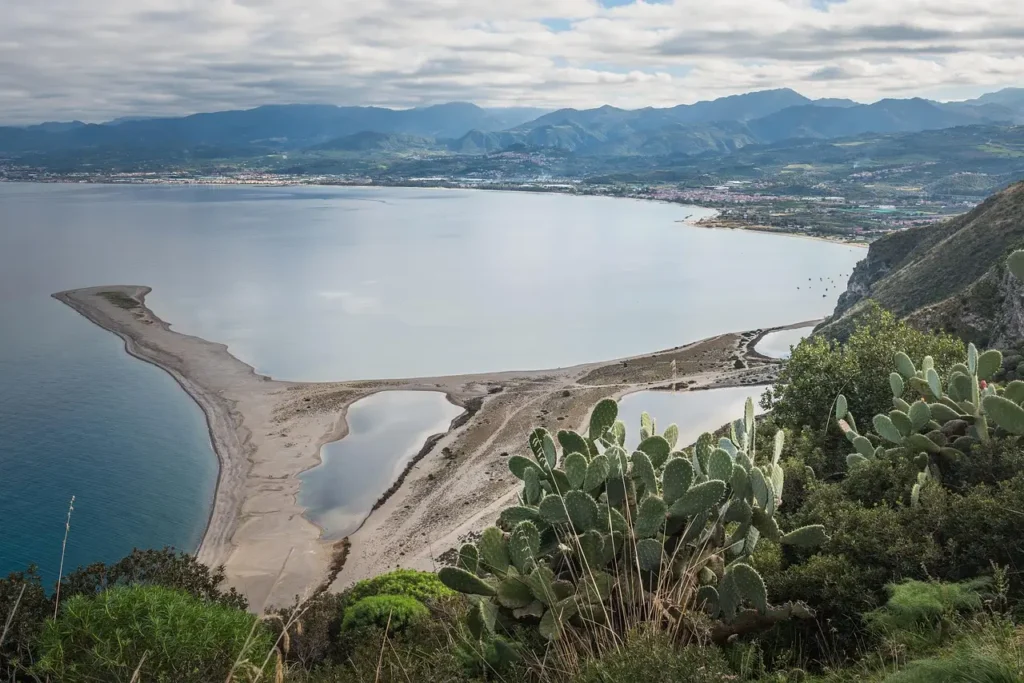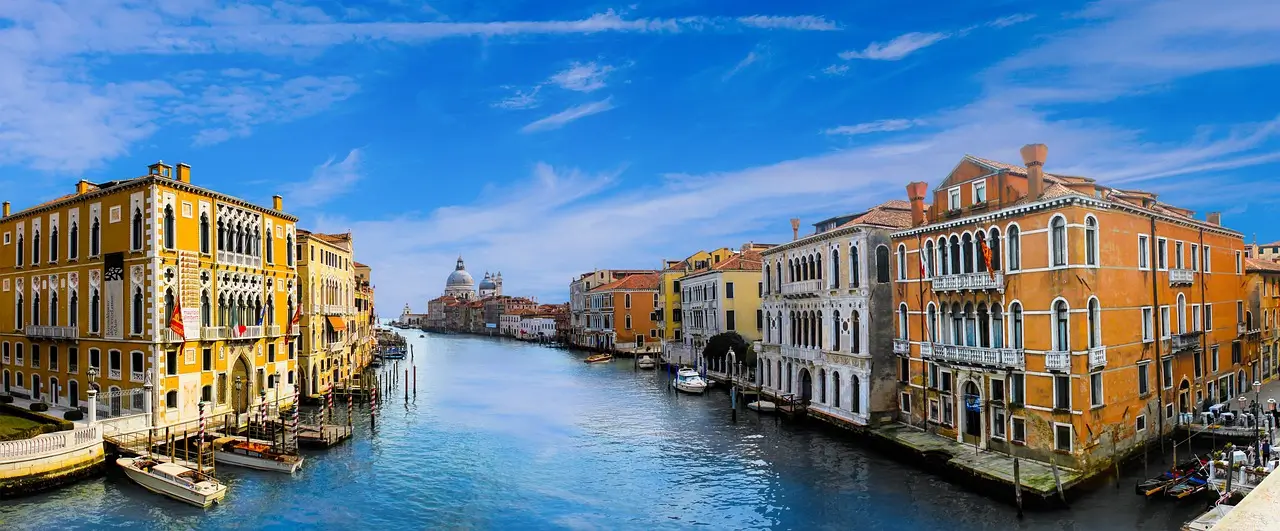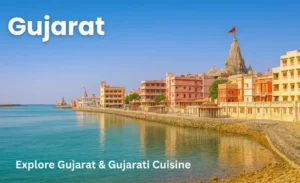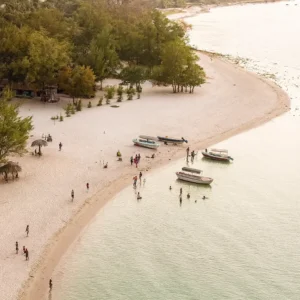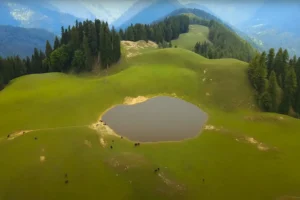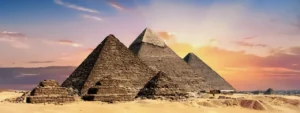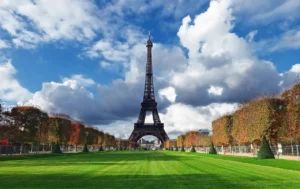Contents
ToggleIntroduction: Why Travel to Italy Is Always a Good Idea
If you’re planning to travel to Italy, get ready for one of the world’s most inspiring journeys. Italy has it all — ancient ruins, Renaissance art, rolling vineyards, glittering coastlines, and cuisine that defines comfort food. Whether you’re walking through Rome’s history, sipping espresso in Florence, drifting through Venice’s canals, or hiking the Dolomites, Italy feels like a living museum mixed with a joyful open-air kitchen.
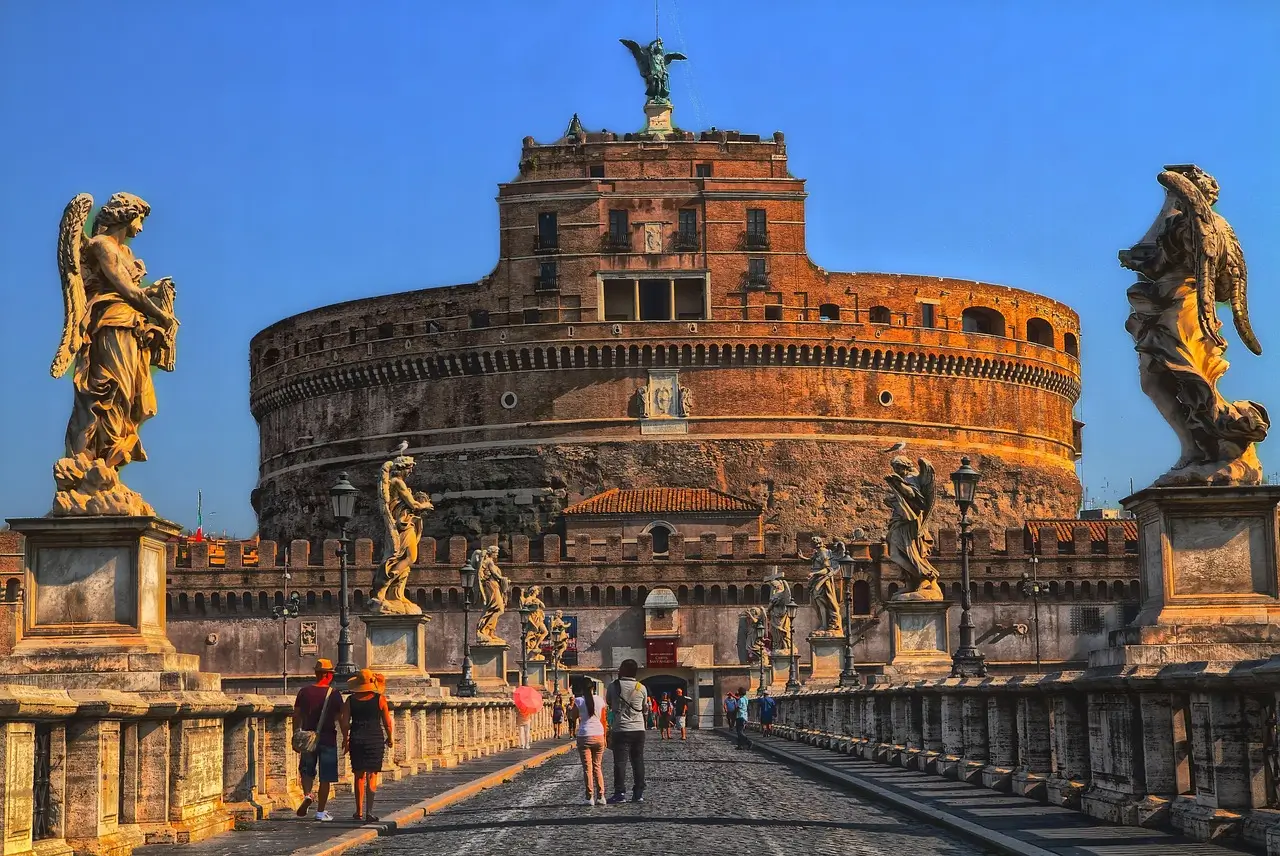
This ultimate Italy travel guide gives you everything you need — the best places to visit, when to go, how to get around, where to eat, and smart travel tips that make your trip smooth, safe, and unforgettable.
Quick Facts About Italy
Capital: Rome
Language: Italian (English widely spoken in tourist areas)
Currency: Euro (€)
Time Zone: Central European Time (CET)
Best for: Culture, art, history, food, beaches, and romance
Visa Requirements: Most travelers can visit for up to 90 days visa-free under Schengen rules, but always check your country’s latest travel regulations.
Why Visit Italy?
Italy is a small country with an enormous cultural impact. It holds the largest number of UNESCO World Heritage Sites in the world, meaning history and art are never more than a few steps away. But Italy’s magic goes beyond monuments — it’s in the way locals celebrate food, conversation, and simple pleasures.
From the snow-capped Alps to sun-soaked beaches, Italy satisfies every type of traveler — art lovers, foodies, hikers, honeymooners, and history buffs. Every region feels like its own world, with unique dialects, traditions, and flavors.
Top Destinations and Must-See Highlights
1. Rome – The Eternal City
Rome is the heart of Italy — a mix of ancient ruins, grand piazzas, and irresistible energy. Don’t miss the Colosseum, Roman Forum, Pantheon, and Vatican Museums. Walk through Trastevere’s cobbled lanes, enjoy authentic carbonara, and watch the sunset from the Spanish Steps. Book major attractions online in advance to skip long queues.
2. Florence & Tuscany – The Renaissance Soul
Florence is a living art gallery. See Michelangelo’s David, admire Botticelli’s masterpieces in the Uffizi Gallery, and climb the Duomo for a panoramic view of the red-tiled skyline. Beyond the city, Tuscany’s rolling hills, vineyards, and medieval towns like Siena and San Gimignano offer slow, golden days filled with wine and beauty.
3. Venice – The Floating City
Built on water, Venice feels like a dream. Glide on a gondola through the canals, explore St. Mark’s Square, and wander over hundreds of bridges connecting tiny islands. Visit early morning or late evening to enjoy Venice without the crowds.
Greece Travel Guide 2025 — Ultimate Travel Tips & 10 Smart Hacks
4. Amalfi Coast & Capri – The Glamorous Coastline
The Amalfi Coast delivers jaw-dropping scenery — colorful villages like Positano and Ravello cling to cliffs above turquoise waters. Take a ferry to Capri, stroll the Blue Grotto, and enjoy limoncello by the sea.
5. Cinque Terre – The Coastal Gem
Five pastel-colored villages — Monterosso, Vernazza, Corniglia, Manarola, and Riomaggiore — form the Cinque Terre. Hike the scenic coastal trails or take the local train between villages. This UNESCO-listed coast is one of Italy’s most photographed regions.
6. Naples & Pompeii – The Soul of the South
Naples is loud, energetic, and full of life. It’s also the birthplace of pizza — so don’t leave without trying an authentic Margherita. Just outside the city, the ancient ruins of Pompeii tell an incredible story of life frozen in time by Mount Vesuvius.
7. Northern Lakes – Serenity and Scenery
Lake Como, Garda, and Maggiore combine mountain views with tranquil water. Perfect for romantic getaways, outdoor adventures, and a slower pace.
8. Sicily & Sardinia – Islands of Contrast
when you travel toitaly don’t miss Sicily and Sardinia. Sicily offers Greek temples, vibrant markets, and dramatic coastlines, while Sardinia tempts visitors with white-sand beaches and crystal-clear seas. Both islands have their own languages, traditions, and cuisine worth exploring.
Understanding Italy’s Cultural Heritage
Italy’s historical depth means you’ll often walk through living museums. Many areas, from entire city centers to ancient ruins, are UNESCO-protected. That means you should plan ahead — buy timed tickets for popular attractions and respect local conservation rules. Visiting heritage sites isn’t just about sightseeing; it’s a journey through thousands of years of human creativity.
Best Time to Travel to Italy
Spring (April–June): Ideal weather, blooming landscapes, and moderate crowds.
Summer (July–August): Busy and hot, especially in cities and coasts. Expect higher prices and packed beaches.
Autumn (September–November): Warm days, harvest festivals, and great value on hotels.
Winter (December–March): Perfect for skiing in the Alps and quiet city breaks. Coastal towns can be sleepy, but Christmas markets sparkle across the country.
Tip: Visit in spring or fall to enjoy the best balance of weather, cost, and comfort.
How to Get There and Entry Requirements
Most visitors arrive by air through major airports like Rome Fiumicino (FCO), Milan Malpensa (MXP), Venice Marco Polo (VCE), and Naples (NAP).
Italy is part of the Schengen Zone, so travelers from many countries can visit for up to 90 days visa-free. Make sure your passport is valid for at least six months beyond your travel dates. Always check the latest entry requirements before booking.
Getting Around Italy
Trains
Italy’s high-speed trains are fast, affordable, and scenic. The main operators are Trenitalia (Frecciarossa) and Italo, connecting cities like Rome, Florence, Milan, Venice, and Naples. Book early for discounts, especially on weekends.
Cars
Rent a car if you plan to explore rural Tuscany, the Amalfi Coast, or Sicily. Avoid driving in city centers — many areas are ZTLs (Limited Traffic Zones) with fines for unauthorized vehicles. Parking can also be limited.
Ferries
Regular ferries connect mainland ports to islands like Capri, Ischia, Sardinia, and Sicily. Schedules vary by season, so plan ahead.
Expert tip: Use trains for long distances and cars only for countryside adventures.
Egyptian Culture and Customs: 21 Timeless Insights That Will Enrich Your Visit
Italian Food & Wine: A Culinary Map
Food in Italy is not just a meal — it’s a celebration of place and tradition. Each region has its specialties:
Rome: Cacio e pepe, carbonara, and artichokes.
Naples: Neapolitan pizza and pastries like sfogliatella.
Bologna: Lasagna, tortellini, and ragù.
Tuscany: Grilled steak (bistecca alla fiorentina) and Chianti wine.
Sicily: Arancini, cannoli, and fresh seafood.
Dine where locals eat, try osterias and trattorias, and pair meals with regional wines. Don’t rush — Italians savor their food, and so should you.
Budget and Accommodation
Italy offers something for every budget:
Budget travelers: €70–€100 per day (hostels, regional trains, local trattorias)
Mid-range travelers: €150–€300 per day (3–4-star hotels, guided tours, dining out)
Luxury travelers: €400+ per day (boutique hotels, fine dining, private transfers)
Prices rise sharply in July and August, especially on the coasts. Book hotels and trains early to secure better deals.
Practical Tips, Etiquette & Safety
Tickets: Always pre-book major museum entries online.
Tipping: Not required, but rounding up the bill or leaving a few euros is appreciated.
Dress code: Modest attire for churches — cover shoulders and knees.
Pickpockets: Keep your bag secure in crowded spots.
Driving: Watch for ZTL zones; park outside old towns.
Health: Carry travel insurance and your European Health Card (if eligible).
Language: Learn simple phrases like ciao (hello), grazie (thank you), and per favore (please). Locals appreciate it.
Sample Itineraries
7-Day Classic Highlights
Day 1–2: Rome — Colosseum, Vatican Museums, Trevi Fountain.
Day 3: Pompeii day trip or Tivoli gardens.
Day 4–5: Florence — Uffizi, Duomo, day trip to Chianti vineyards.
Day 6–7: Venice — St. Mark’s, gondola ride, island hopping (Murano, Burano).
10–14 Day Extended Trip
Add the Amalfi Coast, Cinque Terre, or Lake Como. If you have extra time, fly to Sicily for an unforgettable island loop — Taormina, Palermo, and Agrigento.
Plan at least two nights per major city to avoid feeling rushed.
Why India for Tourism is the World’s Hottest Destination now
Responsible & Sustainable Travel
Italy’s beauty depends on balance. Help protect it by avoiding single-use plastics, respecting local traditions, and visiting lesser-known towns. Traveling in shoulder seasons reduces crowds and supports small businesses year-round.
Frequently Asked Questions
1. Do I need a visa to visit Italy?
Most travelers can stay up to 90 days visa-free under Schengen rules. Always check current entry regulations.
2. When is the best time to travel to Italy?
Spring (April–June) and fall (September–October) offer great weather, fewer tourists, and lower prices.
3. What’s the best way to travel between cities?
High-speed trains are reliable and fast — perfect for connecting major destinations.
4. Is Italy safe for solo travelers?
Yes. Italy is generally safe. Just stay alert for pickpockets in crowded areas.
5. How expensive is Italy?
It depends on your travel style. Budget travelers can get by on around €80 per day, while luxury travelers may spend €400 or more.
6. Can I drive in Italy with a foreign license?
Yes, but carry an International Driving Permit and check ZTL rules in every city.
Final Expert Tips
Book museums and train tickets early — last-minute prices rise quickly.
Use trains for cities and cars for countryside escapes.
Eat where locals eat — that’s where you’ll find true flavor.
Carry cash for small cafés and taxis.
Travel in spring or autumn for fewer crowds and perfect weather.
Take it slow — Italy rewards unhurried exploration.
Conclusion: Italy Awaits You
To travel to Italy is to step into a country where every meal, building, and conversation tells a story. Whether you’re exploring ancient ruins in Rome, sailing the Venetian canals, or tasting wine in a Tuscan vineyard, Italy invites you to live beautifully. Plan smartly, travel respectfully, and you’ll discover a country that never stops inspiring.

